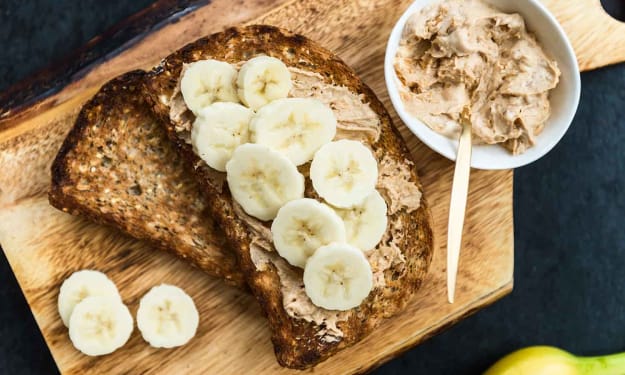
When it comes to seafood, most people think of the end product: delicious, fresh fish that has been caught from the ocean. However, what many people don't know is that there is a long and complex process that goes into making this food available for us to eat. This process begins with the catch of the fish by seafood export companies and swordfish suppliers and ends with the frozen or packaged product that we find in our grocery stores.
The seafood processing industry is a multi-billion-dollar business.
The business of seafood processing companies is a big one. In the United States alone, the seafood processing industry is worth an estimated $11 billion per year. This huge industry with quality seafood exporters in Sri Lanka employs tens of thousands of people and provides a wide variety of jobs, from fishermen who catch the fish to processors who clean and package it.
This is an industry that is spread across the globe, from the icy waters of Alaska to the warm tropical seas. No matter where it is processed, this type of food must meet certain safety and quality standards before it can be sold to consumers.
These processing companies generally follow industry best practices and stringent health and hygiene standards such as:
• Using approved chemicals and sanitizers
• Hand washing is essential.
• Keeping the processing area clean
• Monitoring the items for signs of spoilage
• Using proper tracing methods to identify the source of any contamination
• Testing them for toxins and contaminants
Seafood processors also must comply with government regulations and safety standards for processing. These authoritative agencies inspect facilities to make sure they are meeting these standards.
When it comes to seafood, consumers want to know that it is safe to eat. By following industry best practices and government regulations, processors can ensure that their products are high quality and safe for consumption.
Any deviation from these best practices can result in contaminated food that could make people sick. These agencies periodically update their guidance to reflect new scientific information about contaminants in seafood. Processors who adhere to these guidelines help ensure that the food we eat is safe and healthy.
Seafood is processed in a variety of ways, including freezing, canning, and smoking.
There are many ways to process it, including
• Freezing: This is a common way to process it. Seafood can be frozen either before or after it is processed.
• Canned: Canned products are usually heated in a pressure cooker to kill bacteria and parasites.
• Smoked: Smoking it helps preserve it and gives it a smoky flavour. The smoke also kills bacteria and parasites.
• Packaged: Some products are packaged in a way that helps keep them fresh. For example, fish fillets may be wrapped in plastic wrap or placed in a vacuum-sealed bag. This prevents the fish from drying out and keeps it safe to eat.
Processing seafood in one of these ways will help keep it safe to eat, provided that the processing plant follows government regulations for food safety.
If you are ever unsure about the safety of any product, do not hesitate to contact your local health department for more information. They will be able to tell you whether the product has been processed safely and meets all health guidelines. By ensuring that the food you eat is processed safely, you can avoid food poisoning and other health risks.
Some common methods of seafood preservation include salt curing and drying.
Some processing companies use different processes for preserving these products, such as:
• Salt curing: adding salt to it, which draws out the moisture and creates a preservative environment.
• Drying: removing as much moisture from it as possible, which inhibits bacterial growth,
Processing companies also use freezing and canning methods to preserve their products. Freezing is a popular method because it effectively kills bacteria while maintaining the texture and flavour of the products. Canning involves heating food in airtight containers until it reaches a temperature that destroys all harmful bacteria. This process also sterilises the food, so it can be stored at room temperature without spoiling.
There are many different types of seafood processors, each with their own specialities.
Around the world, there are many different types of seafood processors, each with their own specialities. Some processors focus on canned fish, while others specialise in smoked salmon or frozen seafood. No matter what type of processor you work with, it is important to follow the health guidelines set by your local government. These guidelines are designed to protect consumers from food-borne illnesses like botulism and salmonella poisoning.
Processors must also consider the safety of their workers. Many processing plants use dangerous chemicals and machines, so it is important to have effective safety procedures in place. Worker safety is a top priority for these processors, and they often go above and beyond the minimum requirements set by the authorities.
Seafood processing is an important part of the food supply chain.
There is no doubt that this industry is crucial to the food supply chain. Without seafood processors, we would not have access to the variety of seafood products that we enjoy today. Therefore, it is important for these companies to operate safely and in accordance with all applicable regulations. By doing so, they help ensure the safety of consumers and protect our environment.





Comments
There are no comments for this story
Be the first to respond and start the conversation.